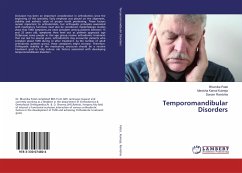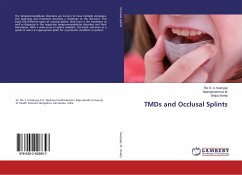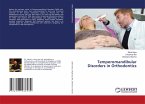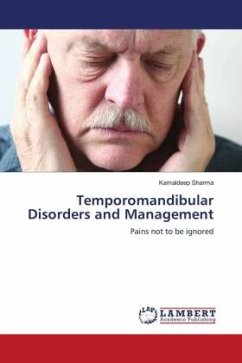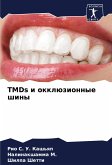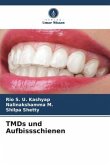Occlusion has been an important consideration in orthodontics since the beginning of the speciality. Early emphasis was placed on the alignment, stability and esthetic value of proper tooth positioning. These factors remain important to orthodontists, but orthopedic principles associated with masticatory functions must also be considered. Epidemiologic studies show that TMD symptoms are most prevalent among patients between 15 and 25 years old; symptoms then level out as patients approach age 35.Because some people in this age group receive orthodontic treatment that can last for several years, orthodontists may encounter patients who complain about TMD during or after treatment. As the number of adult orthodontic patients grows, these complaints might increase. Therefore, Orthopedic stability in the masticatory structures should be a routine treatment goal to help reduce risk factors associated with developing temporomandibular disorders.
Bitte wählen Sie Ihr Anliegen aus.
Rechnungen
Retourenschein anfordern
Bestellstatus
Storno

